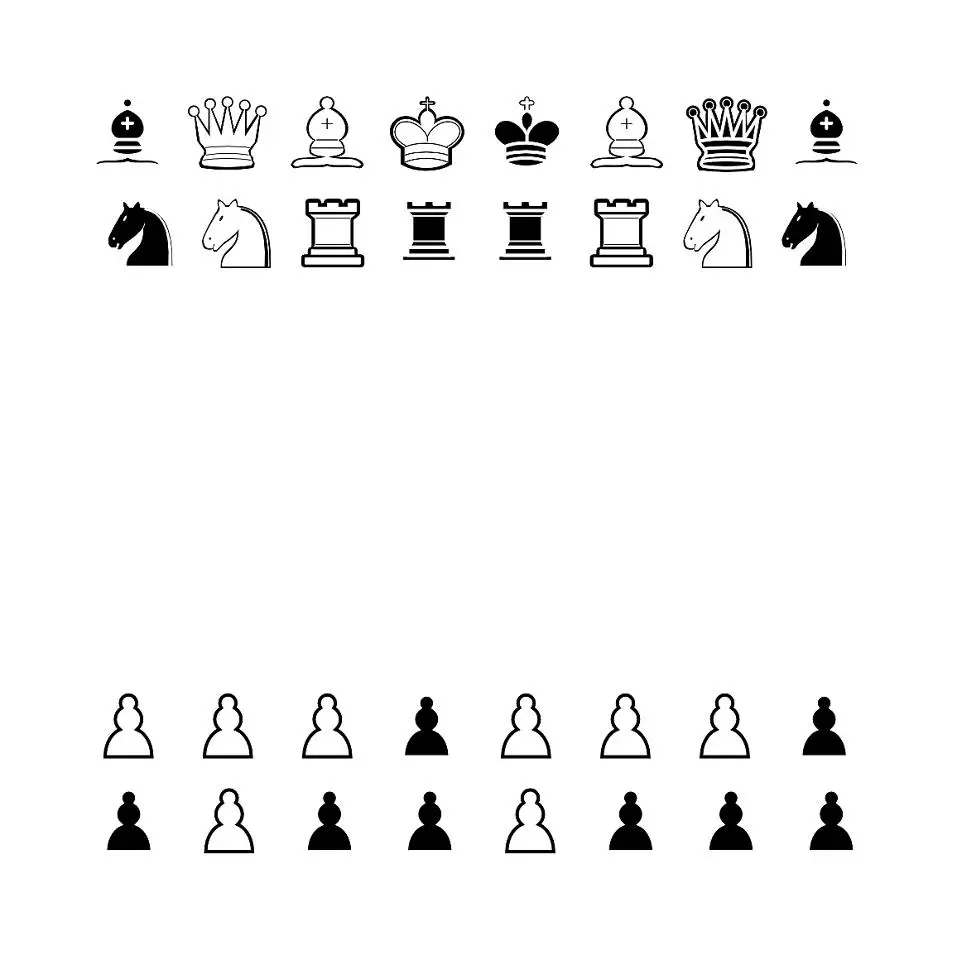rnercle
- 27 Posts
- 922 Comments

 1·2 天前
1·2 天前for now Voyager seems to be the only app that supports both lemmy and piefed ☞ https://f-droid.org/packages/app.vger.voyager

 1·8 天前
1·8 天前the real purpose of 2020/2021
still?
joined lemmy a week ago to post these?
your 9 post history is so impressive that i will wait another week before blocking this diarrhea

 10·15 天前
10·15 天前when you share the collection to a note app, it is exported as a list
Dwellings are raised on stilts that sometimes extend as high as 3 metres (9.8 ft) off the ground. In this way, annual floods do not affect the main room in the houses of rice farmers, whereas rural farmers are able to use the ground level area beneath the house for working and to provide shelter for livestock. One or two wooden ladders, ramps or staircases provide access to the upper floor. The simplest houses consist of only one room on the upper floor, partitioned off to provide a storage place for rice, a bedroom for the parents, and a further space for unmarried daughters.
The upper floor generally consists of one large room. The main part of this room, the area where visitors are received, is defined by four central pillars; in this space there will be a figure of Buddha, a television, and a battery-operated electric light in the centre attached to the pillars. The parents’ sleeping space is situated either to the left or the right of the central entrance; textiles are often hung to separate this area from the rest of the room. To the back of the upper floor, on the left, is a space for the girls, whilst the boys have a space reserved for them on the right. This arrangement may vary from one family to another, but children are always separated by gender and placed at the back of the house. Other variations in position relative to the main central area are possible, but this room, with a figure of Buddha, television and battery-operated light, always remains the most important area.
Despite indoor and outdoor temperatures of 36 °C (97 °F) and up to 80% relative humidity the old rural Khmer houses are very comfortable, both at ground level and on the upper floor. In spite of the absence of electric or mechanical air conditioning, a draught-free environment appears to be attained simply by means of natural ventilation
privacy is measured in vaginas, not penises!

 441·19 天前
441·19 天前The department, which serves a community of over 129,000 residents, launched its drone program in 2020,
no amount is too much for catching a bike thief /s
5 years of “drone program” for a community of 129000. They can sleep better now that the “suspected shop lifter” is at last arrested 🤷 those police toys must have been expensive, if they’re making news about this
some PDF with a friend
i would probably just email it
share a PDF or a file with an anonymous lemmy user
onionShare?
protonDrive :/

 12·27 天前
12·27 天前Maybe you are young and full of hope and I am old and already disenchanted. Don’t change.
i too feel old and tired. Sometimes i make comments like you did. We should change.
we should stay as allies of the young who have the energy to believe in change
isn’t orbot doing the same thing?
Orbot is a free VPN and proxy app that empowers other apps to use the internet more securely. Orbot uses Tor to encrypt your Internet traffic and then hides it by bouncing through a series of computers around the world. Tor is free software and an open network that helps you defend against a form of network surveillance that threatens personal freedom and privacy, confidential business activities and relationships, and state security known as traffic analysis.
https://orbot.app/en/ https://guardianproject.info/apps/org.torproject.android/

 791·1 个月前
791·1 个月前Social media erupted with bewildered reactions from attendees. Some praised the band for forcing a conversation about surveillance that most people avoid, while others expressed discomfort with the unexpected data capture.
Unlike typical concert technology that enhances your experience, this facial recognition system explicitly confronted attendees with the reality of data capture. The band made visible what usually happens invisibly—your face being recorded, analyzed, and potentially stored by systems you never explicitly agreed to interact with.
The audience split predictably along ideological lines. Privacy advocates called it a boundary violation disguised as art. Others viewed it as necessary shock therapy for our sleepwalking acceptance of facial recognition in everyday spaces. Both reactions prove the intervention achieved its disruptive goal.
Your relationship with facial recognition technology just got more complicated. Every venue, every event, every public space potentially captures your likeness. Massive Attack simply made the invisible visible—and deeply uncomfortable. The question now isn’t whether this was art or privacy violation, but whether you’re ready to confront how normalized surveillance has become in your daily life.

 4·1 个月前
4·1 个月前EasyTAG is a simple application for viewing and editing tags in audio files.
It supports MP3, MP2, MP4/AAC, FLAC, Ogg Opus, Ogg Speex, Ogg Vorbis, MusePack, Monkey’s Audio, and WavPack files.
And works under Linux or Windows.

 5·1 个月前
5·1 个月前do xiaomi let people unlock bootloaders?
i still can’t forget that shit. Especially the voices!
hope those people burn in their imaginary hell forever

 5·1 个月前
5·1 个月前it would be translated to English as “i don’t wish you a happy birthday” but “happy birthday” is so common, it is quickly enveloped in “happy birthday”, “joyeux anniversaire”.
plus some other simple plays on common sayings.

 62·1 个月前
62·1 个月前just tried this today, with most of the other foss translators on fDroid. Uninstalled it after it translated one of my test phrases with the exact opposite.
Don’t trust it, if you’re trying to communicate with somebody who doesn’t speak a language you can understand.














Eternity lets users create local “multi-communities” ☞ https://f-droid.org/packages/eu.toldi.infinityforlemmy
app works fine but the latest update was more than a year ago